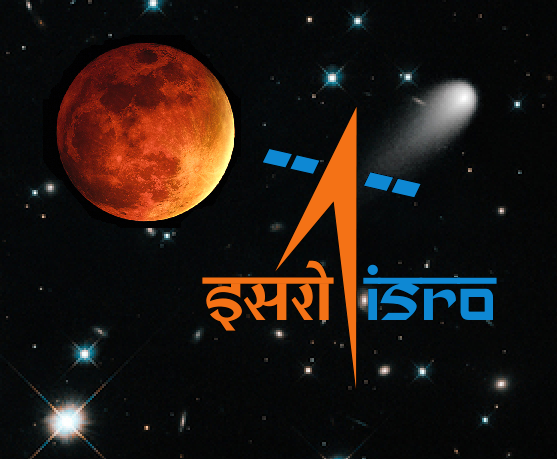CHENNAI: In what could be seen as a ‘game-changer’ mission in space technology, the Indian Space Research Organisation will launch its most powerful and heaviest rocket GSLV-Mark III, carrying the communication satellite GSAT-19 from the spaceport of Sriharikota on June five.
The 3,136 kg GSAT-19 would be the heavieast communication satellite to be launched by ISRO.
The launch would take place at 1728 hrs from the Second Launch Pad and the GSLV would be using the indigenous Cryogenic Upper Stage.
Prior to the launch, the Launch Authorisation Board and the Mission Readiness Committee would meet to clear the mission after which the countdown would begin, for filling of propellants in the three stage vehicle.
Both the rocket and the satellite were fully indigenous and developed by the Indian Space agency.
Once this launch was successful, Indian need not rely on foreign launchers to launch its heaviest satellites, weighing about four tonnes, to geostationary orbits of 36,000 km.
The GSLV Mark-III was seen as a “game-changer” mission in space technology as India could have indigenous launches of bigger satellites without depending on foreign countries to place satellites weighing four tonnes, double the weight the current GSLV-Mark II would carry.
It would be a very advanced vehicle. The satellite was also very advanced.
ISRO sources said GSLV-Mk III was capable launching four ton class of satellites to Geosynchronous Transfer orbit (GTO).
It is a three-stage vehicle with two solid motor strap-ons (S200), a liquid propellant core stage (L110) and a cryogenic stage (C25).
GSLV-Mk III-D1 is the first developmental flight, carrying GSAT-19 satellite to a Geosynchronous Transfer Orbit (GTO).
The vehicle is configured with a 5 m give payload fairing and slanted strap-on nose cone to provide aerodynamic robustness.
The GSAT-19 satellite, with a lift-off mass of 3136 kg, is the communication satellite of India, configured around the ISRO’s standard I-3K bus.
GSAT-19 carries Ka/Ku-band high throughput communication transponders.
Besides, it carries a Geostationary Radiation Spectrometer (GRASP) payload to monitor and study the nature of charged particles and the influence of space radiation on satellites and their electronic components. GSAT-19 also features certain advanced spacecraft technologies including miniaturised heat pipe, fibre optic gyro, Micro Electro-Mechanical Systems (MEMS) accelerometer, Ku-band TTC transponder, as well an indigenous Lithium-ion Battery.
(AGENCIES)


